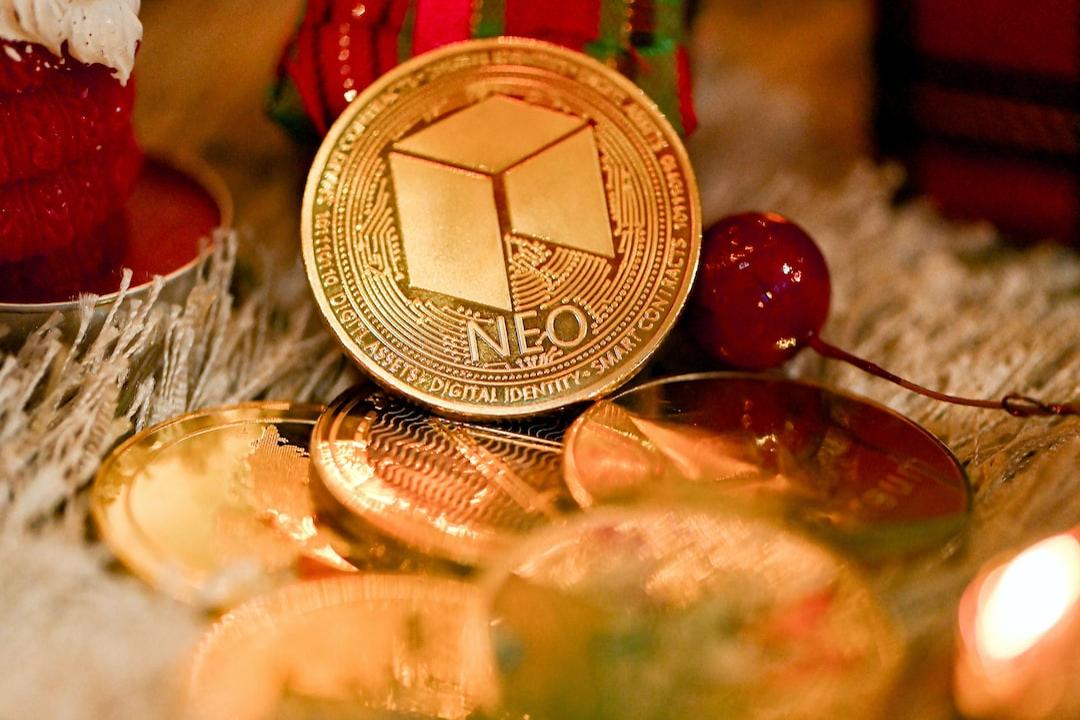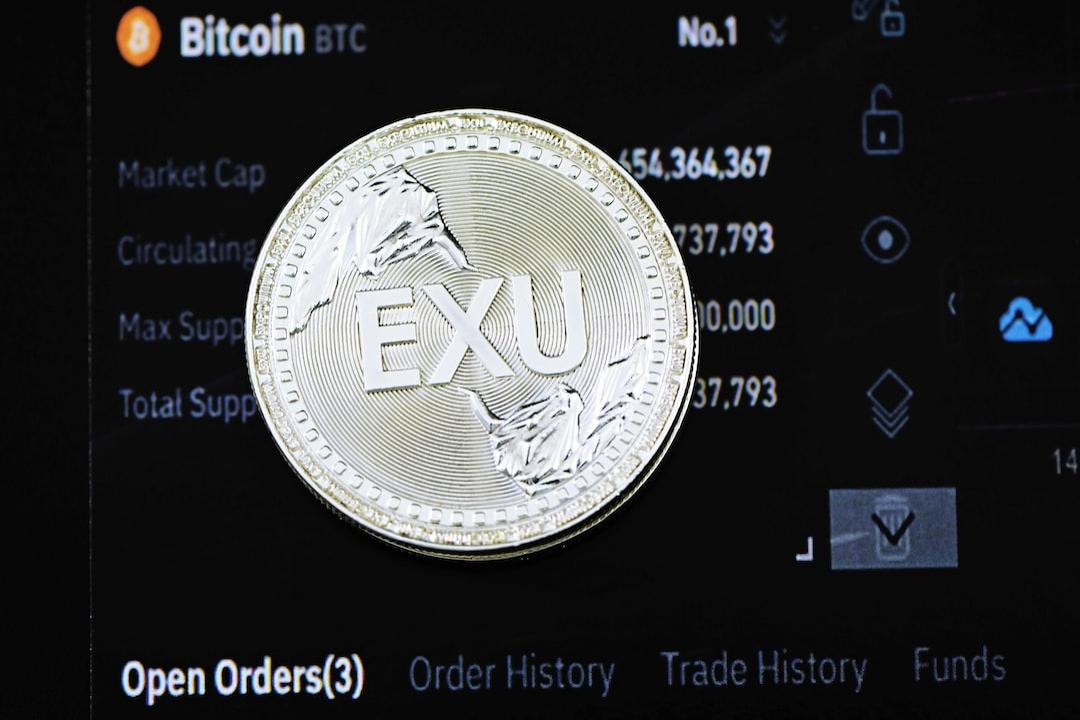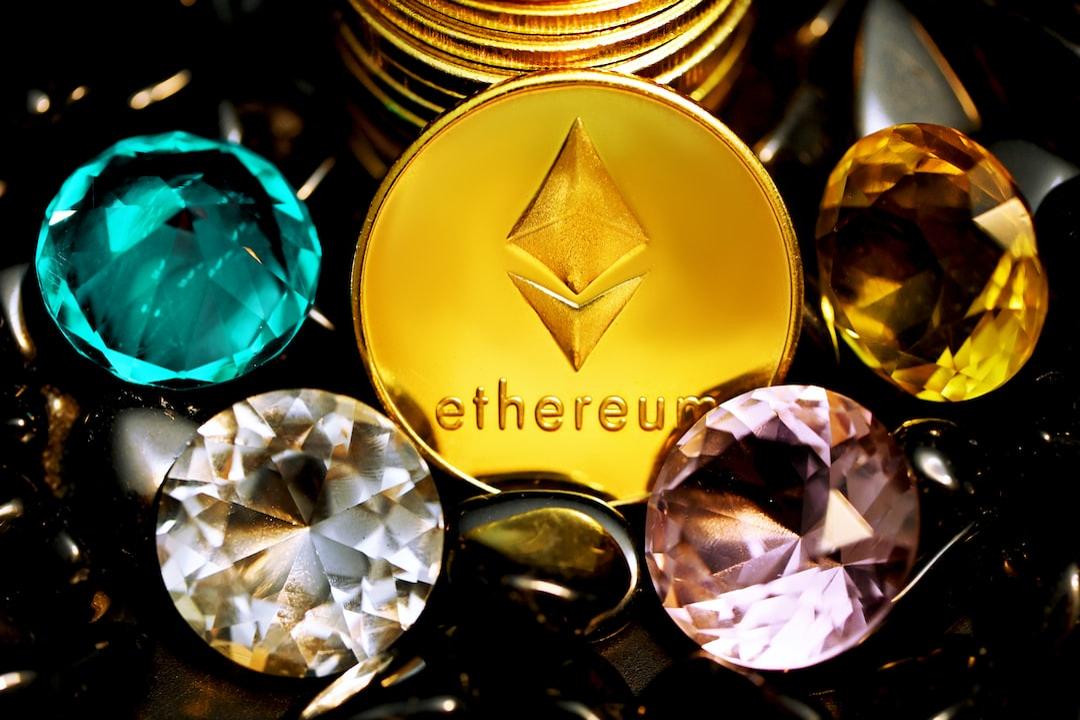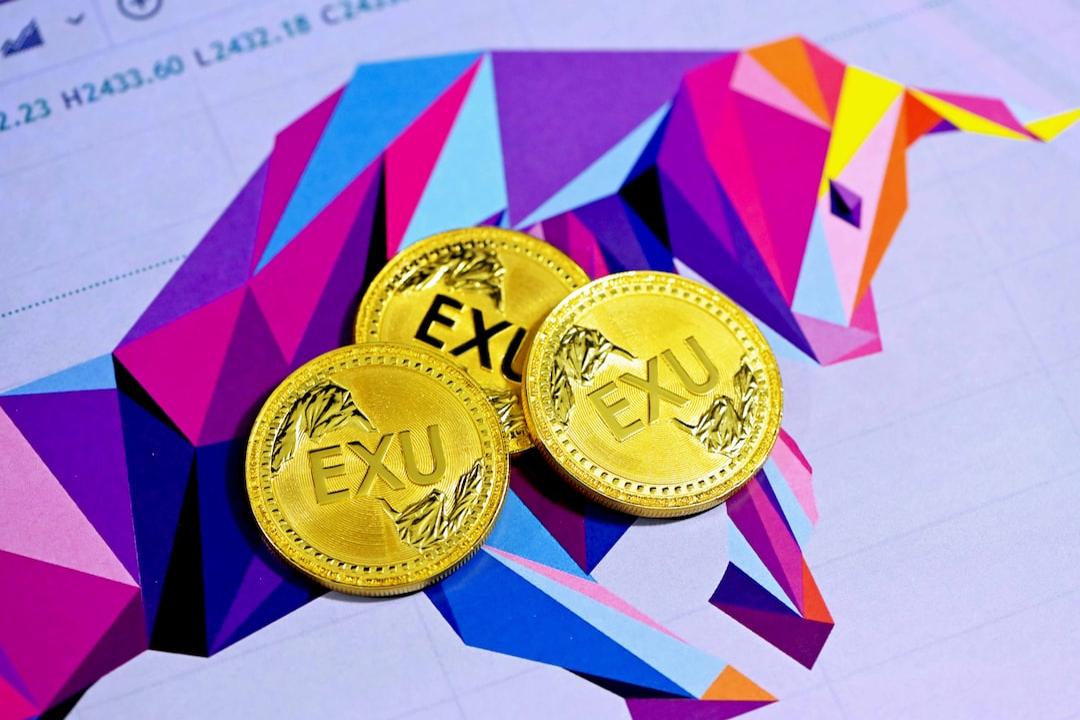Hyperliquid’s points system has become one of the most successful airdrops in history. This article explores the mechanics of the points system and the reasons for its success, revealing how user participation and loyalty have driven the project’s development. The article is sourced from an article by Three Sigma and compiled and translated by PANews.
Introduction to Points and Psychology
Points are a structured way to measure and reward user participation and loyalty within an ecosystem. They provide a framework to track activities and incentivize behaviors that align with the project’s growth goals, such as interacting with the project’s platform or contributing to the community.
In the context of airdrops, points typically determine eligibility and allocation, turning random rewards into an interactive process that promotes competition and a sense of achievement. In addition, points systems are used to guide users and roll out the final product.
The ultimate goal of launching a points system is to enhance the project’s user base, improve liquidity, and ultimately boost all growth-related metrics. Some projects even use these metrics to secure higher valuations for fundraising, proving the project’s level of engagement and attractiveness.
From a psychological perspective, points are a powerful behavioral driver that enhances user engagement. Concepts like reward anticipation motivate users by promising future benefits, while the principle of reciprocity encourages users to remain loyal to a system that rewards their efforts. The visibility of points also promotes social comparison, motivating users to engage more deeply in competition.
Hyperliquid Points Program
Hyperliquid is a decentralized derivatives trading platform with its own L1, aiming to combine the speed and efficiency of CEX with the security and transparency of blockchain. In 2024, Hyperliquid emerged as the only well-known project without external funding.
In addition, Hyperliquid has created the best token airdrop activity in the crypto field through its points system. This airdrop campaign has become one of the most successful in history in terms of scale and execution.
To understand how Hyperliquid achieved this success, it is necessary to study the various factors that propelled the platform to the top and made it the center of attention.
Hyperliquid Seasonal Points Events
The points program is the cornerstone of Hyperliquid’s success, designed to reward users and promote genuine interaction with the platform. Three major seasons were launched during this period: closed alpha, the first public season, and the second season. Hyperliquid also implemented two additional unannounced seasons, 1.5 and 2.5, which provided additional points for real usage rather than just mining points.
In the closed alpha phase, which ended on October 31, 2023, Hyperliquid distributed 446 million points among 11,500 active users. This phase rewarded early adopters who participated in testing the platform and laid the foundation for Hyperliquid’s community-driven spirit.
The points program and the first season officially launched on November 1, 2023, with weekly distributions of 1 million points over a span of six months to reward users contributing to the protocol’s growth. This initial phase concluded on May 1, 2024.
In addition, users could earn fees and points through referrals. To further incentivize participation and distribution, an ad hoc 1.5 season (May 1, 2024, to May 28, 2024) adopted double points rewards and distributed a total of 8 million points over four weeks.
The second season started on May 29, 2024, with weekly distributions of 700,000 points until September 29, 2024. Following this four-month period is the unannounced 2.5 season, which ran from September 30, 2024, until November, distributing a total of 8.4 million points.
Earning Rewards: What is Known and Unknown
Hyperliquid’s reward system encourages user participation in compliant activities such as generating trading volume and depositing funds. However, manipulative behaviors like fake trades, withdrawals, and using associated wallets for mining are penalized and marked as Sybil activities.
While the distribution rate and season durations are transparent, key details such as total points for each season, the existence of tokens, how points are converted into tokens, the exact criteria for earning points, and behaviors that may lead to penalties are uncertain or disclosed only after some time.
This mix of clarity and ambiguity focuses participants on meaningful contributions while speculating on the wider potential of the competition system.
Perps Trading and the First Season
While the total points allocation for each season is known, the exact calculations for token distribution remain unclear. In the first season, as the perpetual contract market was not considered until the final weeks, it is speculated that points distribution was based on typical indicators in the perpetual contract space, such as trading volume, number of trades, funding fees paid, liquidation volume, and user profit or loss.
Compared to the second season, point distribution in the first season was more linear, with users transferring more capital through perpetual contracts earning significantly more points. There may be a limit to points distribution or increasing costs for earning additional points after reaching certain thresholds. However, there was a clear distinction between users with more capital and those trading with just a few thousand dollars.
Spot Trading, Retail, and Participation
The spot market was launched alongside the PURR airdrop before the first season ended. Initially, there were no indications that spot market trading or general trading would come with incentives. However, after May, when the second season of points activities started, a shift in the reward mechanism was introduced.
During the first season, the only way to earn points was through trading perpetual contracts, which naturally favored whales, high-frequency traders, and market makers due to their access to greater capital and advanced trading strategies. The second season introduced a more inclusive system, allowing users to earn points not only through spot market trading but also by holding assets. This change leveled the playing field in the competitive environment, as the spot market lacked deep liquidity, putting retail traders and whales on equal footing and making it easier for users with less capital to compete for points.
In most airdrop mechanisms, whales dominate through staking or high trading volume. Hyperliquid, on the other hand, implemented mechanisms to ensure a fairer distribution of rewards. This design significantly increased the community’s positive sentiment towards the platform.
By the start of the second season, point distribution had been decentralized to users in both the perpetual market and the spot market. While the specific breakdown of weekly point distribution remains undisclosed, indicators unique to the spot market, such as token holdings or liquidity contributions, may influence reward calculations.
The decision to keep these reward mechanisms opaque requires users to experiment and discover the best strategies themselves, preventing cheating by whales and monopolizing point distribution. This approach has resulted in a fairer reward structure, promoting inclusivity and participation among users with varying levels of capital.
Indicators

During the analyzed period in the above chart, open interest (OI) showed a consistent upward trend closely related to trading volume patterns, with no signs of wash trading throughout the year. Most activities appeared to happen naturally, attracting market attention during active periods and gradually declining during the quieter summer months when the market was mostly sideways and slightly bearish.
A key moment was the PURR airdrop, which drove a significant increase in platform activity. After the first season ended, activity naturally declined, retaining users who genuinely engaged with the dApp. Subsequently, during the launch of the 1.5 season, these users received additional point incentives, further motivating their participation.
The initial launch of the first season garnered less attention, but over the following months, activity gradually increased even during the slowdown in the crypto market. By the end of the second season, when the market was still in recovery, Hyperliquid had become a hot topic. Despite the absence of publicized rewards and the market’s perception that the hype around the platform had subsided, its indicators showed significant growth. As the market rebounded after the US elections, Hyperliquid became the preferred platform for on-chain traders, outperforming its competitors.
The establishment of the Hyperliquid Foundation, along with the upcoming confirmation of the network token, solidified the platform’s position in the market. This surge in exposure stimulated exponential growth in related indicators, attracting new users who recognized the platform for its powerful performance and innovative features.
Other Projects’ Approaches
To summarize and understand why Hyperliquid’s points system succeeded while others did not, the table below compares the key features of major airdrops in this cycle with their points systems:

Key to Success
The success of Hyperliquid’s points system lies in balancing user stickiness mechanisms with the quality of its underlying product. By analyzing its uniqueness and shared characteristics with other airdrop activities, key lessons can be drawn about enhancing user loyalty, token retention, and project growth.
Uniqueness of Hyperliquid’s Points System
Hyperliquid introduced innovative elements that set its activities apart. The finite points created a fair and competitive environment, avoiding user dissatisfaction caused by unlimited point mining. In addition, users could earn additional airdrops, increasing the perceived value of participation. Most importantly, point mining required skill and effort, ensuring the most committed and capable users were rewarded while filtering out users seeking easy gains.
Common Characteristics of Airdrops
While Hyperliquid’s activities have unique aspects, they share certain characteristics with other airdrops. The total points allocation remains undisclosed, maintaining market interest and speculation. Like many other activities, it lasted for approximately 10 months and introduced one or more point seasons before the token generation event. However, the lack of clear rules is a common drawback, requiring users to discover the reward mechanisms themselves. Point mining also requires a capital investment, which is a standard practice in similar activities but can be exclusive at times.
Lessons for Future Airdrops
If the goal is to distribute tokens to knowledgeable, loyal holders who understand the ecosystem, the users who receive the airdrop need to put in effort and possess professional knowledge. This approach aligns participants with the project’s vision and reduces the likelihood of tokens being dumped after the initial distribution. Limiting the total points can further increase user satisfaction, cultivating trust, and mitigating excessive point mining. Additionally, miners should feel that their rewards are earned through a combination of time, capital, and skill rather than being free, increasing the perceived value of the tokens.
An ideal duration for point mining seems to be around ten months. As demonstrated by Hyperliquid and other leading activities, this period balances sustained participation and user fatigue. Simple programs like Grass that require minimal effort can sustain shorter durations, while those with high commitment require longer durations to succeed.
A Broader Picture: Product Over Points
Hyperliquid’s success goes far beyond its points system. It avoided high marketing costs, refused to charge fees during the activity, and provided a user-centric platform. It was not constrained by external funding and investor-driven roadmaps, achieving a consistent, community-driven narrative. By focusing on perpetual contract trading, Hyperliquid created an essential product that remained relevant even during a market downturn, ensuring ongoing trading activity.
The project’s incremental approach fostered a loyal community that truly believes in its mission. Emphasizing effort and skill in the points activities not only filtered out opportunistic miners but also established a strong bond between top contributors and the project.


